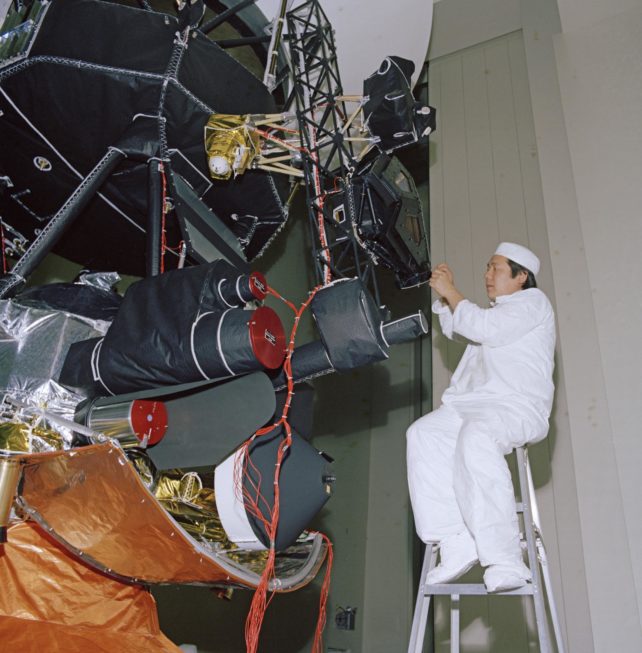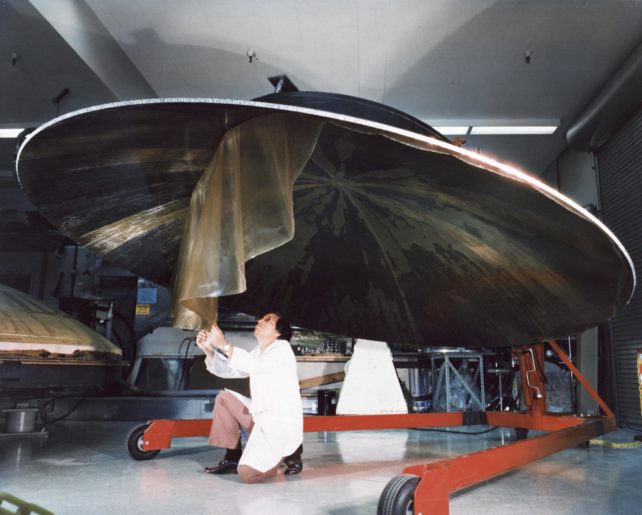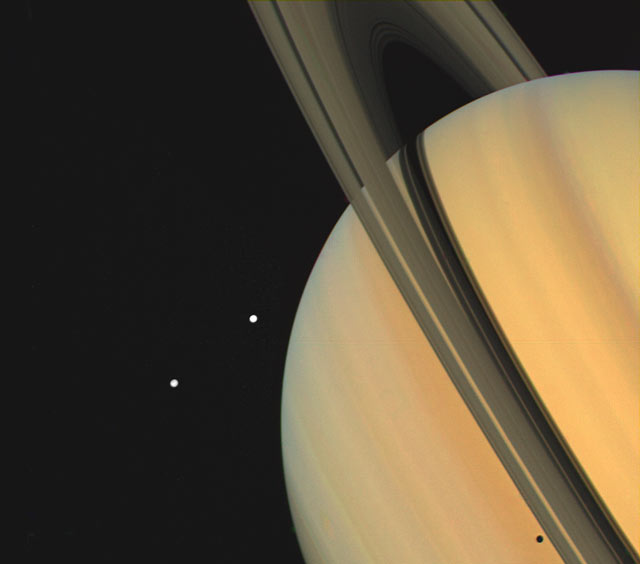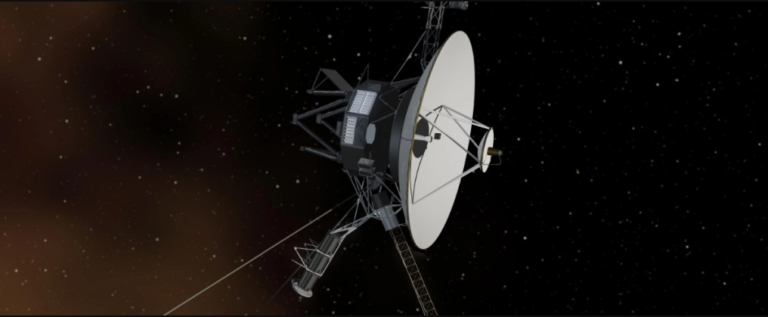A Hunt For Voyager 1’s Old Manuals Revealed The Source of Its Garbled Messages
Voyager 1’s attitude-control system [AACS] was sending back erroneous data, according to NASA scientists in May. Engineers searched through decades-old instructions in search of a remedy.
According to a NASA report, the strange fault was fixed by the Voyager crew in late August. It became revealed that the spaceship was transmitting data with a dead computer, which was distorting the information.
With a five-year design lifetime, Voyager 1 and Voyager 2 were sent into space in 1977 to conduct in-depth studies of Jupiter, Saturn, Uranus, Neptune, and each planet’s moon.
Both spacecraft have been in orbit for about 45 years and are still operational. Voyager 1 entered interstellar space in 2012, becoming the first artificial object to travel past the heliopause, the limit of our Sun’s impact. It is now transmitting information back from beyond the Solar System while being around 23.8 billion kilometers (14.8 billion miles) from Earth.
Before the Voyager crew discovered a patch over the summer, Suzanne Dodd, project manager for the Voyager mission at NASA’s Jet Propulsion Laboratory, told Insider that “nobody anticipated it would live as long as it has,” adding, “And here we are.”
Unearthing old spacecraft documents
The early 1970s design and construction of Voyager 1 complicated efforts to diagnose the spacecraft’s issues.
Though contemporary Voyager engineers have some material from those early mission days, some crucial records may have been missing or lost. Command media is the technical word for the paperwork holding information on the spacecraft’s design and operations.

Numerous thousands of engineers worked on the Voyager mission’s first twelve years of construction, according to Dodd.
“In the 1970s and 1980s, when they retired, there wasn’t much of a push for a project document library. People would bring their cartons to their garages at home “Added Dodd. In more recent flights, NASA maintains more thorough documentation records.
Dodd and the other caretakers of Voyager can seek access to select boxes containing paperwork and schematics that are kept away from the Jet Propulsion Laboratory. It can still be difficult.
Finding out who works in that department on the project is necessary to obtain such information, according to Dodd.
Mission engineers had to carefully search for boxes beneath the names of engineers who assisted in the design of the attitude-control system for Voyager 1’s recent telemetry problem, according to Dodd.
Source of the bug
Voyager 1’s position in space is shown by its attitude-control system, which also allows it to maintain its high-gain antenna aimed towards Earth and transmit telemetry data to NASA.
According to Dodd, “Telemetry data is essentially a status on the health of the system.”
However, Dodd claims that during the problem this summer, the telemetry readouts the spacecraft’s handlers were receiving from the system were jumbled, making it impossible for them to determine if the attitude-control system was functioning properly.

Dodd and her colleagues had long assumed that an aging component was at blame. Over the summer, she said that “not everything works forever, even in space.”
Additionally, engineers hypothesized that Voyager’s problem may be related to its position in interstellar space. Dodd claims that evidence from the spacecraft points to the presence of high-energy charged particles in interstellar space.
We can’t identify it as the source of the anomaly, but it may be a contributor, Dodd said, adding that it’s improbable that one would strike the spacecraft. If it did, though, it would further damage the electronics.
Late in August, Voyager engineers discovered the cause of the jumbled data: a dead computer in the spacecraft’s attitude-control system. They think a bad command from another onboard computer set things off.
In an August NASA press release, Dodd commented, “We’re thrilled to receive the telemetry back.” The crew is still unsure of the initial cause of the incident.
“We’ll read out the AACS’s whole memory and examine what it has been doing. That will assist us in our attempt to identify the issue that led to the telemetry issue in the first place. We thus have cautious optimism, but we still need to do additional research “Dodd stated in the press release.
Voyager 1’s journey continues
Engineers have begun turning off non-technical functions on board the Voyager probes, such its science instrument heaters, as part of a continuous power management effort that has intensified in recent years, in an effort to keep them operational into 2030.

The Voyager mission has advanced our understanding of the universe by revealing previously undiscovered moons, rings, and the heliopause.
Because the research data is so priceless, Dodd stated, “We want the mission to endure as long as feasible.”
Dodd stated, “They’re still communicating to us,” and added, “It’s absolutely amazing that both spacecraft are still running and performing well – small faults, but operating incredibly well and still giving back this vital data.”
Do not forget to share your opinion with us to provide you with the best posts !




Hi there, for all time i used to check web site posts here in the early hours in the dawn,
as i enjoy to learn more and more.
It’s impressive that you are getting ideas from this piece of writing as well as from our dialogue made here.
I really like what you guys tend to be up too. This kind of clever work and exposure!
Keep up the great works guys I’ve incorporated you guys to blogroll.